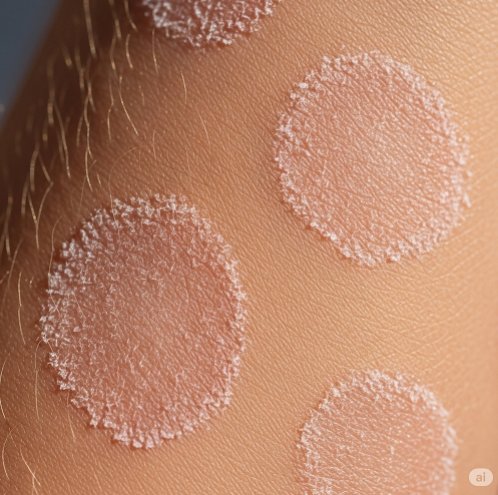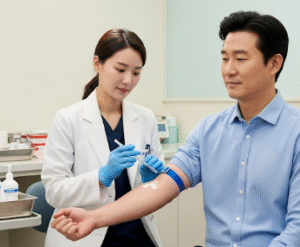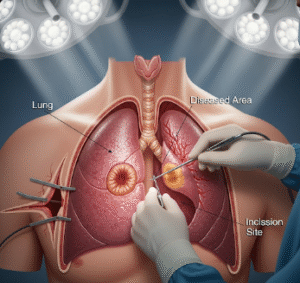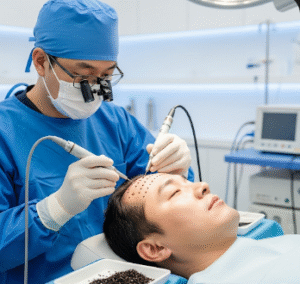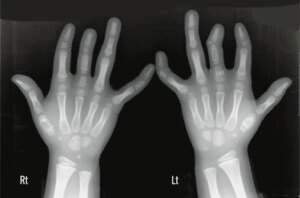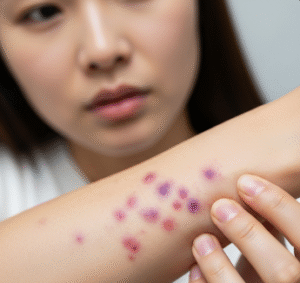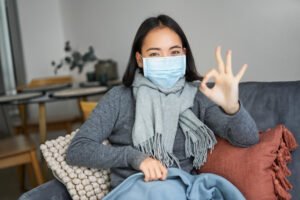Overview
Pityriasis alba is a common, benign skin condition that primarily affects children and young adolescents. It appears as round or oval, pale, slightly scaly patches on the face, neck, and upper arms. While it is not harmful or contagious, it may cause cosmetic concerns, especially in individuals with darker skin. The exact cause is unknown, but it is often associated with dry skin and atopic dermatitis (eczema). The condition usually resolves on its own, though moisturizers and topical treatments can help speed up recovery.
What is Pityriasis Alba?
Pityriasis alba is a mild form of dermatitis that leads to hypopigmented (lighter than normal) patches on the skin. The name comes from Latin, where “pityriasis” means fine scaling and “alba” means white. The condition typically begins as slightly red or pink, scaly patches that gradually fade to pale areas. It is most commonly seen in children aged 3 to 16 and may become more noticeable after sun exposure because the lighter areas do not tan like the surrounding skin.
It is a self-limiting condition, meaning it often improves over time without treatment.
Symptoms
Typical symptoms of pityriasis alba include:
- Pale or white patches on the face (especially cheeks), neck, or upper arms
- Slight scaling or dryness on the patches
- Mild itching in some cases (but often none)
- Redness or pinkness at the early stage
- More noticeable contrast after sun exposure
- Lesions that are round, oval, or irregular in shape
- Usually no pain or systemic symptoms
Causes
The exact cause of pityriasis alba is unknown, but contributing factors include:
- Dry skin: Common in children, especially during colder months
- Atopic dermatitis: Frequently associated with eczema or a history of allergies
- Sun exposure: Makes the lighter patches more noticeable by tanning surrounding skin
- Environmental irritants: Such as harsh soaps or chlorinated water
- Nutritional deficiencies: Rarely, lack of vitamins like B12 or copper may play a role
It is important to note that pityriasis alba is not caused by an infection, fungus, or bacteria, and it is not contagious.
Risk Factors
Risk factors for developing pityriasis alba include:
- Age: Most common in children and teens
- Atopic predisposition: Personal or family history of eczema, asthma, or allergic rhinitis
- Dry skin or poor skin hydration
- Excessive sun exposure without sunscreen
- Living in dry or cold climates
- Darker skin tones, where the contrast between affected and normal skin is more visible
Complications
Pityriasis alba is a benign and self-resolving condition. It rarely causes any complications. However:
- Cosmetic concerns may lead to self-consciousness, especially in teenagers
- Repeated scratching (if itchy) may cause temporary discoloration or irritation
- Misdiagnosis as fungal infection or vitiligo may lead to unnecessary treatments
- Persistent patches in some cases may require dermatologic evaluation
Prevention
While pityriasis alba cannot always be prevented, the following steps can reduce its risk and severity:
- Keep skin well-moisturized with gentle, fragrance-free creams or ointments
- Avoid harsh soaps and hot water when bathing
- Use sunscreen daily to reduce contrast between normal and hypopigmented skin
- Treat underlying eczema or atopic dermatitis promptly
- Encourage children to avoid scratching dry or irritated skin
- Wear protective clothing in harsh weather conditions
Treatment Options in Korea
South Korea offers excellent dermatological care for pediatric and cosmetic skin concerns like pityriasis alba. While the condition is self-limiting, treatments are available to improve skin appearance and comfort:
- Moisturizers: Daily use of emollients (e.g., ceramide creams, petroleum jelly) to restore skin barrier and hydration
- Topical steroids: Mild corticosteroid creams (e.g., hydrocortisone) may be used short-term to reduce redness or inflammation
- Topical calcineurin inhibitors: Such as tacrolimus or pimecrolimus for sensitive areas like the face
- Gentle skincare regimens: Dermatologists recommend pH-balanced cleansers and hypoallergenic lotions
- Sun protection: Broad-spectrum sunscreen (SPF 30 or higher) helps minimize contrast and prevent further skin damage
- Patient education: Pediatric dermatology clinics educate families on skin hydration and maintenance
- Reassurance: Korean dermatologists offer clear guidance and reassurance to concerned parents that the condition is not dangerous
- Multilingual support: Many top hospitals and dermatology centers in Seoul and Busan provide English-speaking dermatologists and international patient care
Clinics such as Severance Dermatology Center, Samsung Medical Center, and Asan Medical Center are well-equipped to handle skin conditions like pityriasis alba with gentle, child-focused care.

